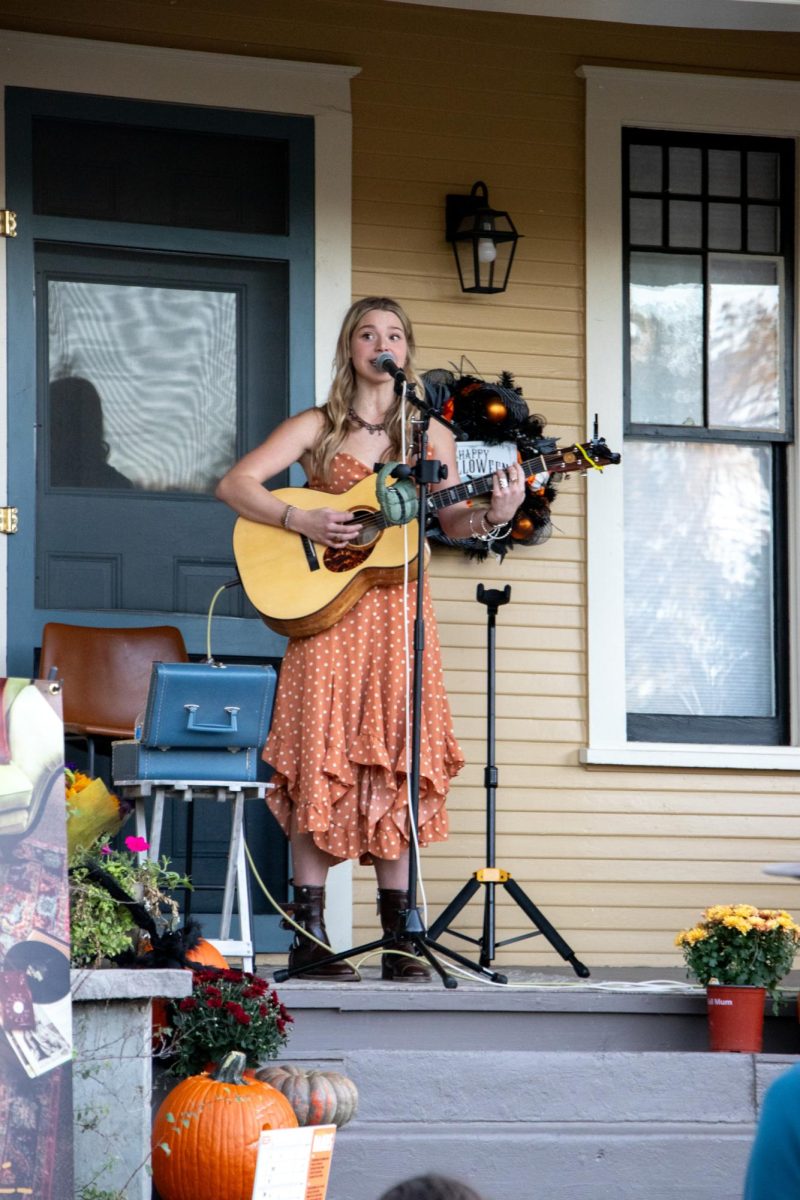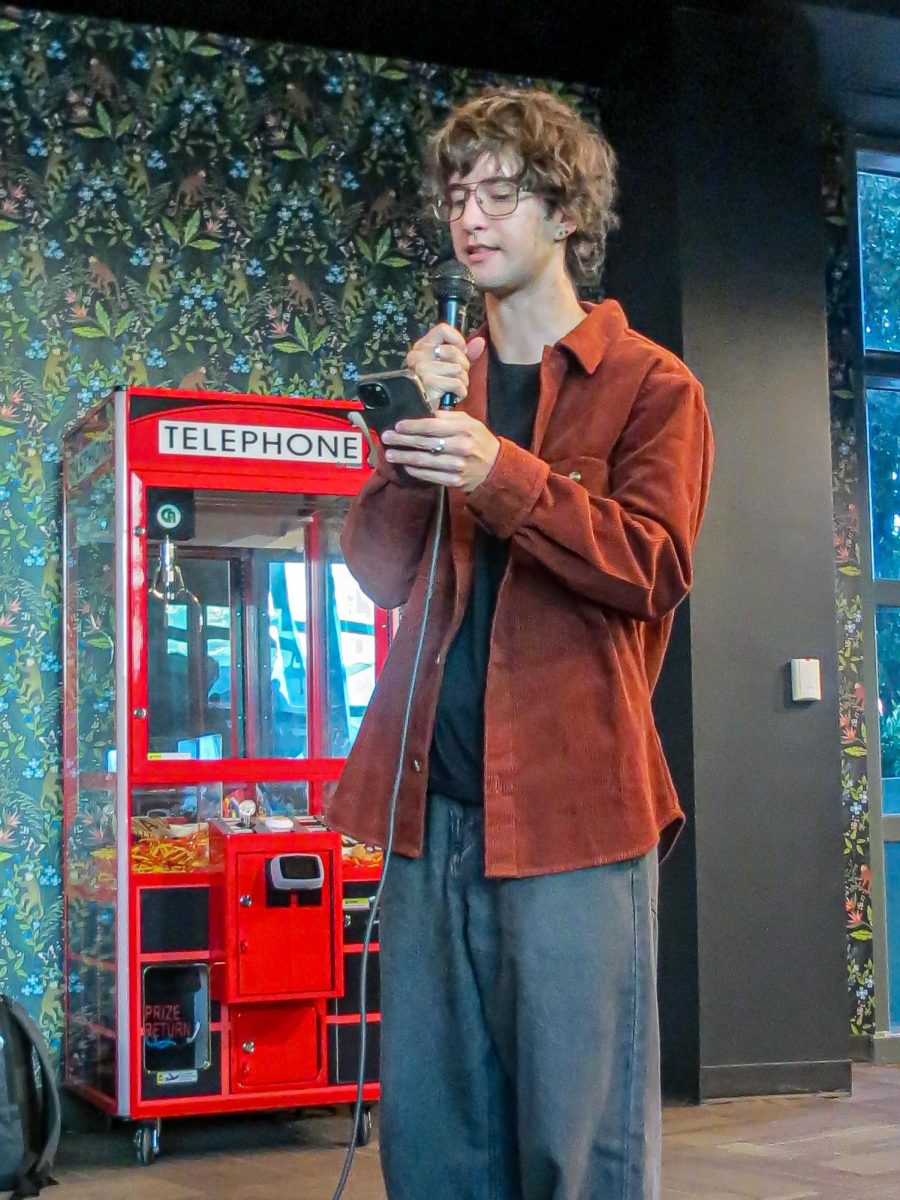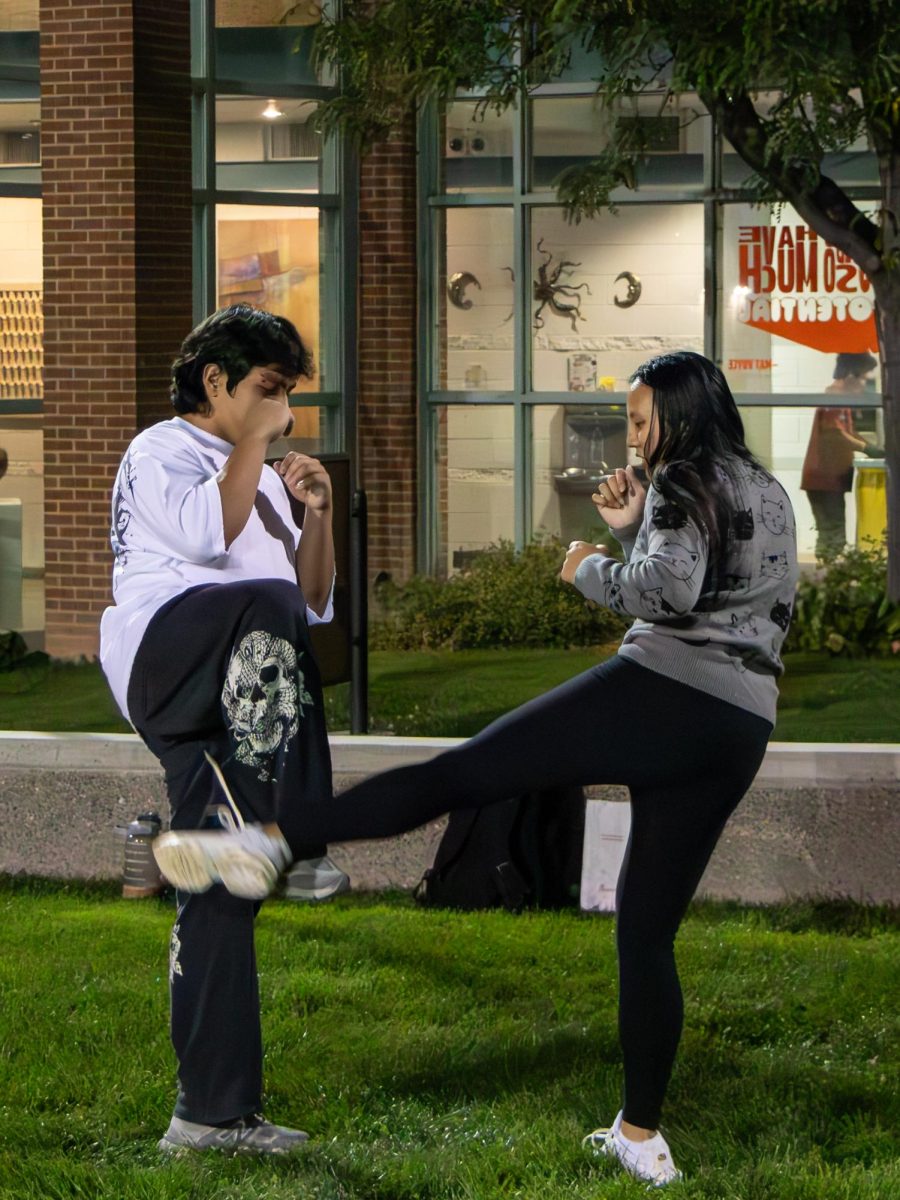On April 10, Colorado Mesa University officially becomes 93 years old and since its creation in 1925, there have been 10 different presidents and several changes and developments to the campus. How has the campus changed since an era before most of us were born?
Way back in 1925, Grand Junction had finally gotten legislation passed to create its very first college: the Grand Junction Junior College. The college started its lifespan upon Capitol Hill, a place that has since been replaced by the Saint Mary’s Hospital, where it leveled the land for future use while remaining off-site in an old school building, Lowell Building and YMCA.
Tuition began at $8 a class.
The first CMU president, officially a dean but acting as president, was L.L Hydle from 1925 to 1928. The Dean that followed was O.N March and he served from 1928-1932.
During this time the teaching staff had gone from five to ten and in 1929 the “Mavericks” name was announced to be the one to stick, others like the “Peaches” and “Westerners” were considered.
The next Dean was Clifford G. Houston and he served from 1932 to 1937. In 1937 the college received some new legislation for payment when the Mesa County Junior College District was created and the school subsequently became Mesa Junior College. This was largely due to the work of Houston and a local politician.
The old Lowell building was beginning to show deterioration from old age and the new stress of students, now up to 277, so it was finally time to build on some new land.
However, the Capital Hill property was so far away from the town, they decided to sell the land and the very first building was built where it still stands, although renovated: Old Main.
Old Main was the main building and in 1958, the building was renamed to Houston Hall to honor the previous dean and his father who had been the head groundskeeper for over two decades.
“People think that Houston Hall is the oldest building,” said Dana Nunn. “However, it is only the first building on the campus. Albers Hall is older than Houston, making Houston the first and Albers the oldest.”

1937 to 1963 marked the first iteration of the campus President with Horace J. Wubben. When Houston hall was built in 1938, the college became Mesa College. In 1948, the school got funding for a residence hall and it was soon built for women and named after the current Dean of women and Vice President Mary Rait.
It was built where the current Tomlinson Library sits and the name was carried over to the building that it currently is now.
The Criterion was also founded in 1939 under the Wubben reign and in 1950 the first nursing class was offered, lighting the fuse for the well-recognized program that CMU now has.
At the end of Wubben’s career, he saw an increase from 277 students to 1,300 and was replaced by William Medesy who served from 1963 to 1970.
“Until Tim Foster arrived, Medesy was known as the president that grew the campus,” Nunn said. “It was under his leadership that the most building had been done.”
Medesy led the campus and tripled its size during his reign and saw the construction of Lowell Heiney hall to serve as a library for the campus and was named after Vice President Lowell Heiney. Where Medesy grew the physical size of the campus, the next president, Ted Albers, worked on the educational aspect.
From 1970 to 1974 Albers laid the groundwork for Mesa to become a four-year school. In the fall of 1974, the school was finally approved to become a four-year college, but Albers resigned due to health reasons, many say it was from the toll that all the work towards pushing the college forward that wore the man down.
His wife was very active in the community as well and still visits Mesa from time to time. Without Albers, a new president was needed to implement the new bachelor programs, and John Tomlinson took the realm from 1975 to 1988.
“Tomlinson was the one that had the heavy lifting as Mesa College went form two years to four years,” Nunn said. “Albers had done the heavy lifting when it came to making it happen, but then came the time for the practicality of it.”

During Tomlinson’s years, the first bachelor degree was awarded in 1976, Houston was remodeled, the College Center was remodeled and the Elm, Juniper, Aspen and Pinyon dorms were built.
Pinyon is the only one that remained the same, while Juniper became Mary Rait and Aspen became Jay Tolman.
The Tomlinson library, named Tomlinson in 1989, was built, the southern campus was established and in the last year of his time, the college was renamed Mesa State College.
Ray Kieft then took over as President from 1988 to 1996. Kieft started as an acting president to serve as an interim after Tomlinson and did so for two and a half years until he became president officially. Kieft was a bit of a pistol and ruffled a couple of feathers during his time.
His big accomplishment was establishing the U Tech community college underneath Mesa State College, it has since become the Western Colorado Community College (WCCC) that most know it by.

In 1999 the enrolment was 4,885 and increased to 5,213 over the next year. Michael Gallegher was the president for this spike, as he was in office from 1996 to 2002. Notably during his governance was in 1997, when the first graduate program was added, making Mesa State College the only one to offer technical certificates, associate, baccalaureate and graduate degrees.
There was an interim president, Samuel Gingerich in 2003, during which the governing of the college was changed. Previously ran by a board that ran three other colleges, a new local board was assigned by the Governor and the new board selected the current president, Tim Foster, to run the college.
Tim Foster has been the president that has seen the most significant growth of the campus and saw the current name change to Colorado Mesa University in 2011. In 2011 the school had seen enrollment reach 9,000, the school had a 22:1 student-teacher ratio and offered more than 60 academic majors.
The very first doctorate classes began in 2011 as well, awarding the first doctorates in 2015. Over Foster’s career, CMU has doubled the square footage, nearly doubled its enrollment and added several academic programs.
CMU has a promising history that proves to have a promising future and is well on par with schools like Colorado State University and the University of Colorado Boulder which both began in the 1870s.








